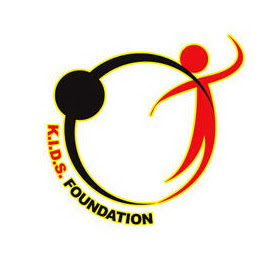With Super Typhoon Megi ravaging the Philippines on Monday, many have probably wondered, "Just what is a super typhoon?" Here are answers to some frequently asked questions:
What's the difference between a "super typhoon" and a regular typhoon?
A super typhoon is the equivalent of a Category 4 or 5 hurricane, meaning it has maximum sustained winds of 150mph or more. It's basically a really intense typhoon, with the ability to produce high storm surges and torrential downpours, in addition to powerful winds.
How does a typhoon form?
Much like hurricanes, typhoons develop over large bodies of warm water, which act as energy sources for tropical storm systems. Typhoons pose the biggest threat to coastal areas, since such storms typically lose strength as they move over land.
What's the difference between a hurricane, a cyclone and a typhoon?
Essentially none, apart from the question of where they tend to hit. All three form over warm water and feature a circular "eye" in their center. A typhoon is a storm that develops in the Pacific Ocean north of equator, most typically in the northwest Pacific region.
How frequent are typhoons?
Unlike Atlantic hurricanes -- which form between June 1 and Nov. 30 -- typhoons take shape year-round, though they form most frequently when the water is warmest, August to October. The most active season was in 1997, when a number of typhoons intensified to super typhoon status. Super Typhoon Tip in 1979 was the most intense such storm on record, stretching out to cover just under 1,400 miles, with winds reaching 190 mph.
What countries are most affected by typhoons?
Typhoons turn up most commonly in countries in East Asia, such as Taiwan, Vietnam, Japan, Korea, the Philippines and China. U.S. territories in the region, such as Hawaii and Guam, also frequently suffer typhoon damage.
How do typhoons get their names?
The nations around the western Pacific region began using a new system for naming typhoons in 2000 that include personal names, names of animals and flowers, and even astrological signs.
http://news.yahoo.com/s/yblog_upshot/20101018/wl_yblog_upshot/what-is-a-super-typhoon
What's the difference between a "super typhoon" and a regular typhoon?
A super typhoon is the equivalent of a Category 4 or 5 hurricane, meaning it has maximum sustained winds of 150mph or more. It's basically a really intense typhoon, with the ability to produce high storm surges and torrential downpours, in addition to powerful winds.
How does a typhoon form?
Much like hurricanes, typhoons develop over large bodies of warm water, which act as energy sources for tropical storm systems. Typhoons pose the biggest threat to coastal areas, since such storms typically lose strength as they move over land.
What's the difference between a hurricane, a cyclone and a typhoon?
Essentially none, apart from the question of where they tend to hit. All three form over warm water and feature a circular "eye" in their center. A typhoon is a storm that develops in the Pacific Ocean north of equator, most typically in the northwest Pacific region.
How frequent are typhoons?
Unlike Atlantic hurricanes -- which form between June 1 and Nov. 30 -- typhoons take shape year-round, though they form most frequently when the water is warmest, August to October. The most active season was in 1997, when a number of typhoons intensified to super typhoon status. Super Typhoon Tip in 1979 was the most intense such storm on record, stretching out to cover just under 1,400 miles, with winds reaching 190 mph.
What countries are most affected by typhoons?
Typhoons turn up most commonly in countries in East Asia, such as Taiwan, Vietnam, Japan, Korea, the Philippines and China. U.S. territories in the region, such as Hawaii and Guam, also frequently suffer typhoon damage.
How do typhoons get their names?
The nations around the western Pacific region began using a new system for naming typhoons in 2000 that include personal names, names of animals and flowers, and even astrological signs.
http://news.yahoo.com/s/yblog_upshot/20101018/wl_yblog_upshot/what-is-a-super-typhoon























































